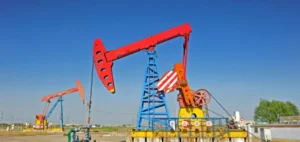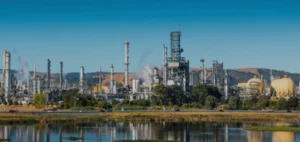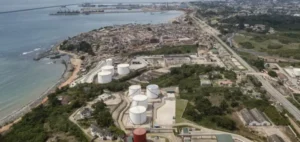The U.S. energy markets are witnessing significant price increases due to weather forecasts predicting an imminent arctic cold wave. This event could directly impact oil and gas production, particularly in vulnerable regions such as Texas.
Recent data shows that the barrel of West Texas Intermediate (WTI) for February delivery rose by 1.97%, reaching $73.13. Similarly, Brent crude for March delivery recorded a 1.73% increase, settling at $75.93. These figures reflect operators’ anticipation of the extreme weather conditions.
Production under pressure in Texas
Texas, the main U.S. energy-producing state, is at the center of concerns. According to Matt Smith, an analyst at Kpler, the state is ill-prepared for such low temperatures. The vulnerability of local infrastructure could lead to a partial halt in operations, thereby affecting overall market supply.
Furthermore, natural gas has not escaped this trend. The price of a million British thermal units (BTU), a key market benchmark, increased by 0.82%, reaching $3.66. This rise is explained by a surge in heating demand.
Mixed stock data
Recent reports from the U.S. Energy Information Administration (EIA) indicate a less significant contraction in crude oil inventories than anticipated. For the week ending December 27, reserves fell by 1.2 million barrels, compared to an expected reduction of 2.3 million.
However, this decline was offset by an increase in gasoline and distillate stocks. Operators note a seasonal slowdown in demand after the holidays, tempering immediate market expectations.
International context and outlook
On the international stage, markets remain focused on China’s economic recovery. Stimulus measures in China could boost global energy demand, but their implementation remains uncertain. “As long as Beijing fails to revive domestic consumption, its economy risks stagnation,” noted Matt Smith.
This combination of factors demonstrates how local elements, such as weather conditions, can ripple through global dynamics, influencing both prices and trade flows.






















